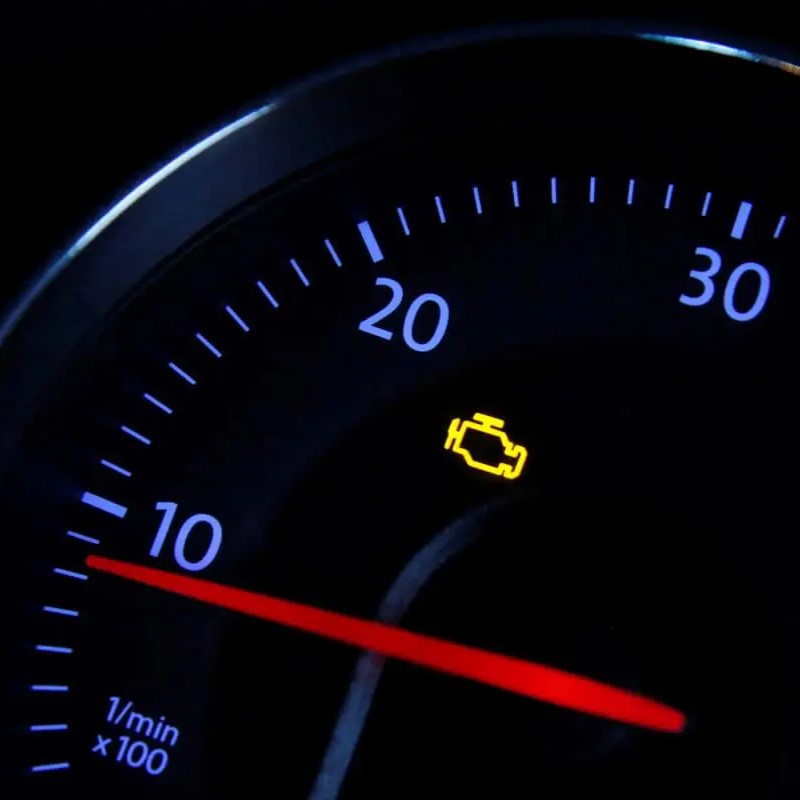Imagine cruising down the road, music playing, windows down, when a menacing red light illuminates your dashboard. Panic might set in, but fear not! This article will guide you through the meaning of that warning light – the car alternator light – and empower you to take control of the situation.
The Alternator: The Heart of Your Car’s Electrical System
Before diving into the nitty-gritty of the warning light, let’s understand the crucial role the alternator plays in your car. Simply put, the alternator acts like a mini power plant, constantly converting mechanical energy from the engine’s rotation into electrical energy. This electrical energy then gets delivered to the battery, replenishing its charge and powering all your car’s electrical components – from the headlights and radio to the ignition system.

When the Light Comes On: Decoding the Warning
Now, back to that ominous red light. When the alternator light flickers on, it signifies a potential problem with your car’s electrical system, specifically the charging process. There are several reasons why this light might illuminate:
- A Failing Alternator: This is the most common culprit. Over time, alternators, like any other mechanical component, can wear out. Internal parts may malfunction, leading to a decline in electricity production.
- Loose or Worn Alternator Belt: The alternator belt connects the engine’s crankshaft to the alternator itself, driving its rotation. A loose or worn belt can hinder this connection, preventing the alternator from functioning properly.
- Faulty Battery: While the alternator is responsible for charging the battery, a failing battery itself can sometimes trigger the warning light. This is because a faulty battery might not be able to accept or retain a charge effectively.
- Electrical System Issues: In some cases, a broader electrical system problem, such as a blown fuse or faulty wiring, could be the reason behind the illuminated light.

Don’t Ignore It: Consequences of a Neglected Alternator Problem
Ignoring the alternator light is a recipe for trouble. A failing alternator will eventually lead to a depleted car battery. This, in turn, can cause a variety of issues:
- Loss of Electrical Power: As the battery drains, your car’s electrical components will start to malfunction one by one. You might experience flickering lights, dimmed instrument panels, or even a complete loss of electrical power, leading to a stalled engine.
- Difficulty Starting the Car: A drained battery will struggle to provide the necessary cranking power to start your engine. You might experience sluggish starts or be left stranded altogether.
- Damage to Other Electrical Components: In severe cases, a failing electrical system can damage other car components that rely on it.

Taking Action: What to Do When the Light Comes On
If you see the alternator light come on, here’s what you should do:
- Pull Over Safely: As soon as possible, find a safe location to pull over and turn off your engine. Remember, a failing electrical system can pose safety hazards while driving.
- Turn Off Electrical Accessories: This helps minimize the drain on the battery and potentially allows you to drive a short distance if necessary.
- Visually Inspect: Pop the hood and take a quick look at the alternator belt. Check for any visible signs of wear, tear, or looseness.
Seeking Professional Help: Diagnosis and Repair
While a visual inspection can offer some clues, diagnosing the exact cause of the alternator light requires professional help. A qualified mechanic can perform a series of tests to pinpoint the problem. These tests might involve:
- Alternator Output Test: This measures the voltage output of the alternator to determine if it’s functioning within the specified range.
- Battery Load Test: This evaluates the health of the battery and its ability to hold a charge.
- Visual Inspection of the Electrical System: The mechanic will thoroughly check the alternator belt, wiring connections, and fuses for any faults.
Once the diagnosis is complete, the mechanic will recommend the appropriate course of action. This might involve replacing the alternator belt, the battery, or the alternator itself. In rare cases, if the issue lies within the car’s electrical system, further repairs might be necessary.

Prevention is Key: Maintaining a Healthy Alternator
Just like any other car component, the alternator benefits from regular maintenance. Here are some tips to keep your alternator functioning optimally:
- Schedule Regular Checkups: Include an alternator inspection during your routine car maintenance visits.
- Replace the Alternator Belt: The alternator belt has a specific lifespan. Consult your car’s owner’s manual for recommended replacement intervals and have the belt replaced when needed.
- Maintain Clean Connections: Corrosion on the battery terminals and alternator connections can hinder proper electrical flow. Regularly clean these connections with a wire brush and baking soda solution.
Understanding the Costs: Budgeting for Alternator Repairs
The cost of repairs related to the alternator light can vary depending on the specific problem. Here’s a general breakdown:
- Alternator Belt Replacement: This is usually the most affordable fix. Replacing the belt typically costs around $50 to $100 for parts and labor.
- Battery Replacement: Battery prices depend on the size and brand. A basic battery replacement might range from $100 to $200, while high-performance batteries can cost significantly more.
- Alternator Replacement: Replacing the alternator itself is a more involved process and can cost anywhere from $300 to $800, depending on the car model and the complexity of the job.
Remember, these are just estimates. It’s always best to get a quote from a trusted mechanic before proceeding with any repairs.

Peace of Mind on the Road: The Importance of a Healthy Alternator
A healthy alternator ensures a smooth and reliable driving experience. By understanding the alternator light and taking prompt action when it comes on, you can prevent potential breakdowns and costly repairs. Remember, preventive maintenance is key. Regular checkups and keeping an eye on the alternator belt can go a long way in avoiding electrical system issues altogether.
So, the next time you see that red light, don’t panic. With the knowledge you’ve gained from this article, you can take control of the situation and ensure a bright and electrically sound journey for yourself and your car.





